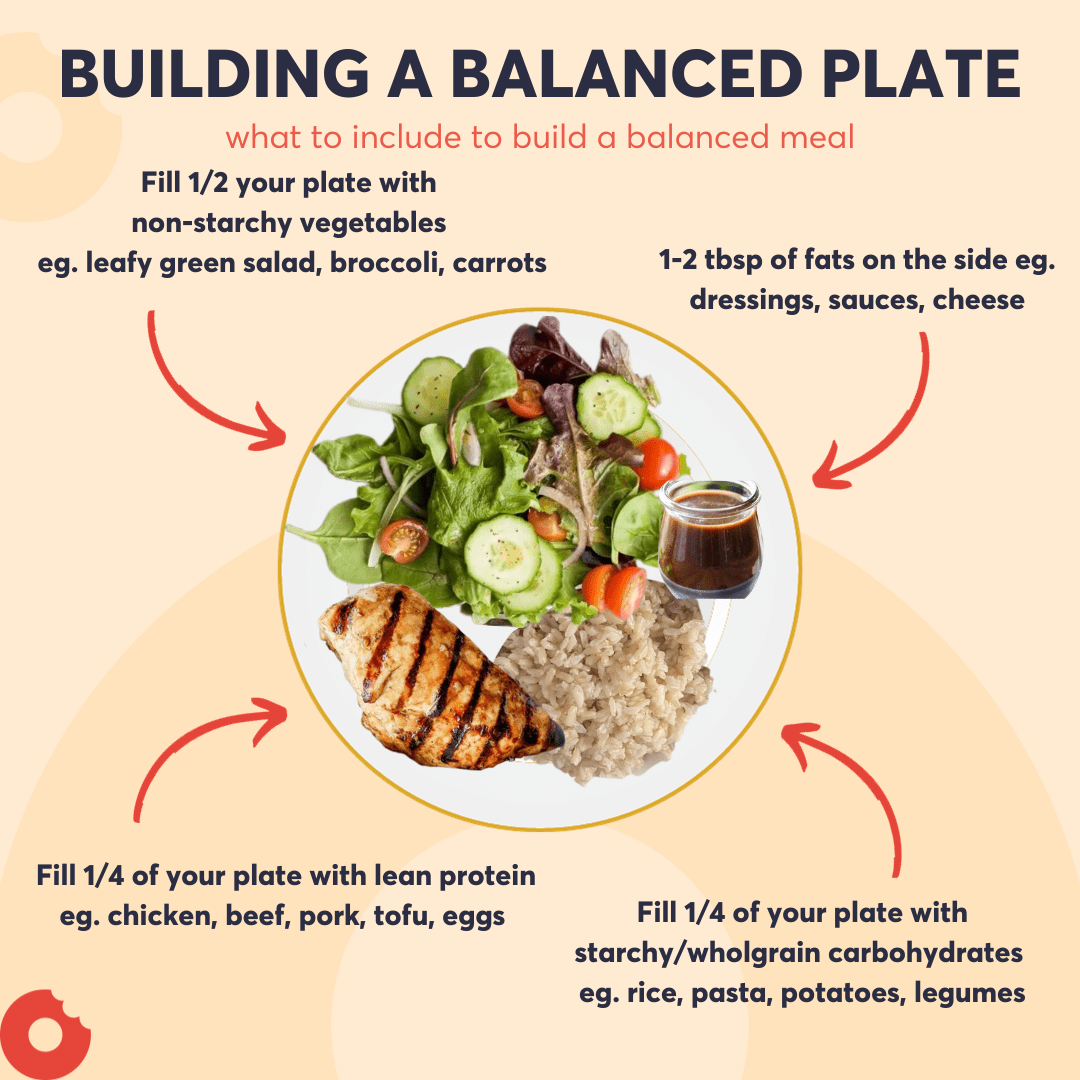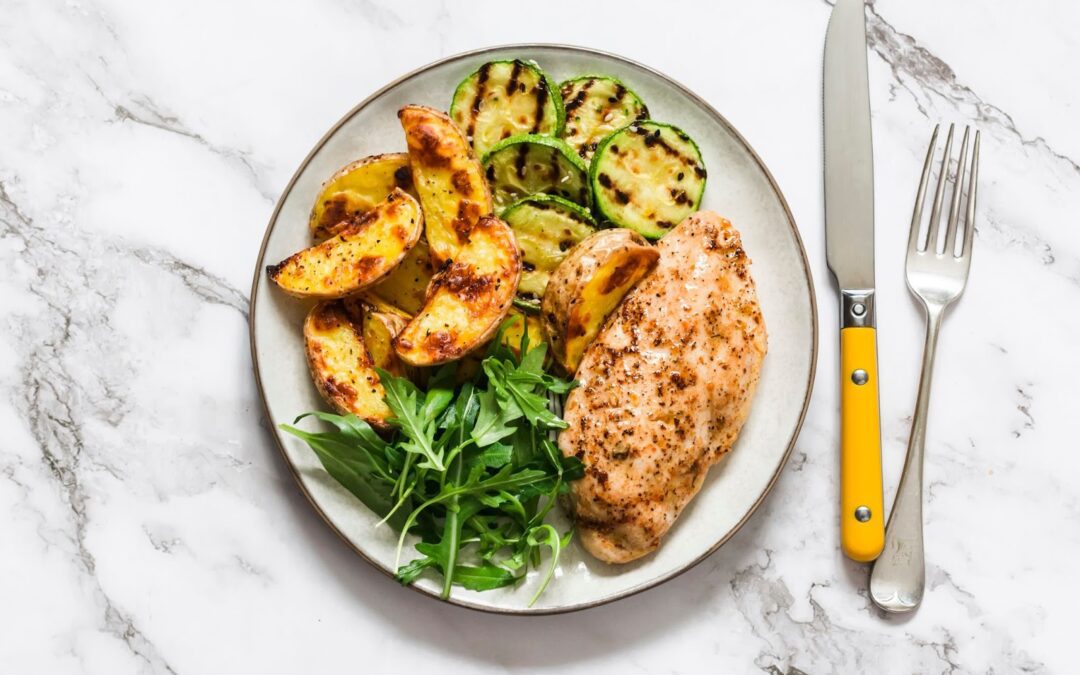Are you tired of feeling overwhelmed when it comes to planning your meals? Do you struggle to ensure that you’re getting all the nutrients your body needs? Building a balanced plate doesn’t have to be complicated. With a few simple guidelines, you can create nutritious and delicious meals that will leave you feeling satisfied and energised. In this guide, we’ll break down the components of a balanced plate and provide you with practical tips to help you make healthier choices and be more aware of your nutrient intake.
Table of Contents
Understanding the Basics
Before we dive into the specifics of building a balanced plate, let’s talk about why it’s important. A balanced meal provides your body with the essential nutrients it needs to function optimally. This includes carbohydrates, proteins, fats, vitamins, and minerals. When you eat a balanced diet, you’re more likely to maintain a healthy weight, support your immune system, and reduce your risk of chronic diseases.
The Components of a Balanced Plate
- Vegetables
Start by filling half of your plate with non-starchy vegetables such as leafy greens, broccoli, cucumbers, tomatoes, and carrots. These colourful veggies are packed with vitamins, minerals, and fibre, which are essential for good health.
- Protein
Aim to include a palm-sized portion of lean protein with each meal. This could be chicken, fish, lean red meats, tofu, legumes, or eggs. Protein is important for muscle repair and growth, as well as for keeping you feeling full and satisfied.
- Carbohydrates
Choose whole grains such as brown rice, quinoa, or whole wheat pasta for your carbohydrate source. These complex carbs provide sustained energy and are rich in fibre, which aids in digestion and helps you feel fuller for longer.
- Healthy Fats
Don’t forget to include a source of healthy fats in your meal, such as avocado, nuts, seeds, or olive oil. Fats are essential for brain health, hormone production, and nutrient absorption; especially for the digestion and absorption of fat soluble vitamins!

- Plan Ahead: Take some time each week to plan your meals and snacks. This will help you make healthier choices and avoid last-minute temptations.
- Use a Calorie Tracker App: Consider using a calorie tracker app to help you keep track of your daily calorie and nutrient intake. Apps like equ’s Calorie Tracker App make it easy to monitor these intake goals, and allow you to make adjustments to your meals in real time. You can learn plenty about your current eating habits by using a food tracker app, enabling you to make more informed choices at mealtimes and educate yourself on nutrition and diet.
- Mix it Up: Don’t be afraid to experiment with different ingredients and flavours. Variety is key to ensuring that you’re getting a wide range of nutrients.
- Listen to Your Body: Pay attention to how different foods make you feel. Eat when you’re hungry and stop when you’re satisfied. Here’s where a food calorie counter can come in handy while you are educating yourself about nutrition and bettering your habits, as it allows you to monitor your daily intake and portion sizes over the day.
- Stay Hydrated: Drink plenty of water throughout the day to stay hydrated and support your body’s natural detoxification processes.
- Build a Pantry of Staple Ingredients: Dry ingredients like wholegrain pasta and noodles, brown rice, quinoa etc. are fantastic to have on hand to help make building balanced meals easier. Starting with this as a basis, you can also have frozen or tinned vegetables, and tinned legumes and fish on hand. Frozen meats are an easy backup option if you are running low on fresh proteins. Having a collection of basic ingredients to make sauces and dressing is another great option to flavour your meals and make them more enticing eg. olive oil, vinegar, mustard, soy sauce. With all of these staples on hand, you can mix and match these ingredients with some fresh options, such as cheese and fresh vegetables.
Building a balanced plate is all about making smart choices and prioritising nutrient-rich foods. By following the guidelines outlined in this blog, you can create meals that nourish your body and support your overall health and well-being.
Our programs and blog are filled with healthy recipes that can help you put these tips into practice. Let’s get started today!

